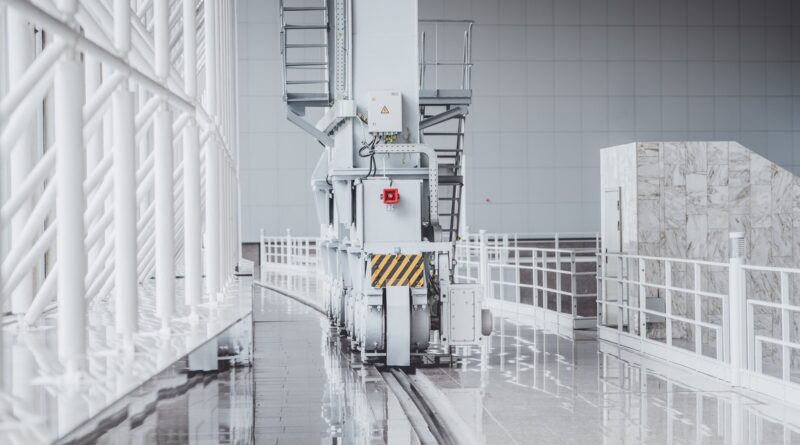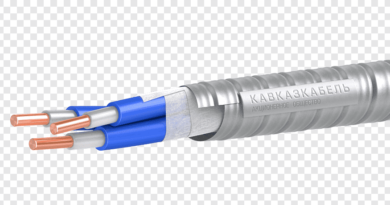5 Common Issues With Plastic Injection Molding and their Solutions
Using plastic injection molding for manufacturing parts has several advantages. It is fast, efficient, and can be automated. In addition, it is flexible in terms of shapes and sizes. Plus, the products are accurate in size and easy to replace making it a suitable eco-friendly method for mass production and complex shape products.
However, Injection molding is a complex process with a lot of potential for errors. Quality issues can range from small surface defects to bigger problems that could affect the safety, performance, and function of the product. They are usually caused by problems with the molding process, material use, tooling design, or a combination of all three.
In order to prevent any issues, it is crucial to have a well-designed mold. This article will go over some of the molding defects that can occur during injection molding, as well as how to fix and avoid them.
Short Shots
Short shots can be described as a situation where a molding shot falls short. This means that the molten plastic for some reason does not fully occupy the mold cavity or cavities, resulting in a portion where there is no plastic. The finished product becomes deficient because it is incomplete.
Short shots can have a few different causes. If the machine is incorrectly calibrated, the plastic material might not be able to fill all the cavities. If the plastic is too viscous, it might solidify before it can fill all the cavities, resulting in a short shot.
Inadequate degassing or gas venting can also cause short shots because air is trapped and has no way to escape; the plastic material can’t occupy the space that air or gas is already occupying.
If your plastic components are coming out too short, choose a plastic with higher flowability. This will help the plastic fill the hardest-to-reach cavities. You can also increase the mold or melt temperature to increase flowability.
To fix the problem is to design the mold so that gas is not trapped within the mold and is properly vented. Finally, you can increase the material feed in the molding machine or switch to a machine that has a higher material feed.
Delamination
If you find thin layers easily separating or peeling off the underlying material on a molded part, you are seeing a molding defect called delamination. Delamination is a defect characterized by a flaking surface layer, similar to flake mica. This is generally regarded as a relatively serious defect because it reduces the strength of the component.
Delamination is caused by contamination of the resin pellets or other base material with foreign material. Flaky separation results when the two materials cannot properly bond to each other.
For example, you might combine a common base plastic like acrylonitrile butadiene styrene (ABS) with an incompatible plastic, such as polypropylene (PP). The resulting loss of strength of the material would be very dangerous if your part is intended for safety-critical use.
Aside from material fed into the hopper, the contaminant could also be any excess release agents coating the mold for easier component separation. Excess moisture on the material, due to improper drying prior to use, can also cause delamination.
If you are experiencing issues with excess moisture, try increasing the mold temperature or pre-drying the material. Also, make sure that your workers are properly storing and handling the resin pellets or base material to prevent contamination. Lastly, you might want to consider redesigning the mold with a focus on the injection nozzle to limit your dependence on release agents.
Sink Marks
Sink marks are small depressions that occur on the surface of a molded part. They happen when the inner part of the component shrinks and pulls material from the outside in.
These kinds of defects are the result of material cooling too slowly. This slow cooling causes shrinkage, which pulls the outside material inward and creates a depression. Sink marks are more likely to occur in thicker parts of a component.
To prevent sink marks, you can increase holding pressure to allow the material near the part’s surface to cool; increase cooling time to limit shrinkage, and design your mold with thinner component walls to allow faster cooling near the surface.
Flash
A molding defect called “flash” can occur when molten plastic escapes from the mold cavity during the manufacturing process. Typically, the plastic escapes through the parting line or ejector pin locations. When this happens, the extruded plastic cools and is attached to the finished product.
When a flash occurs, it is due to either a lack of applied force to keep the mold together or an excessive amount of injection pressure. Both of these contribute to plastic seeping through the mold. Furthermore, flash is more likely to occur with molds that are past their expiration date or worn out.
To prevent mold flashing, increase clamp pressure to keep mold parts shut during shots. Make sure the mold is properly maintained and cleaned (or replaced when needed). Use optimal molding conditions like injection speed, injection pressure, mold temperature, and proper gas venting.
Air Pockets
Air pockets, or voids, are small areas of trapped air that appear in a completed molded product. Quality control professionals typically don’t consider voids to be a major defect. However, larger or more numerous voids can sometimes weaken the molded part
One of the primary causes of voids is inadequate molding pressure, which traps air in the mold cavity. Another possibility is that the material closest to the mold wall cools too quickly, causing it to harden and pull the material outward, creating an abscess.
The material may be especially vulnerable to voids if its density changes significantly during cooling. Air pockets are more difficult to avoid in molded parts that are thicker than 6 mm.
A few ways to prevent voids from forming in your injection molded parts are raising the injection pressure, choosing a grade of material with lower viscosity, and placing gates close to the thickest parts of the mold.
Key Takeaway
Investing in high-quality tooling for your plastic injection molding process is crucial to ensuring the success of your manufacturing endeavors. Designing your mold correctly from the start will save you time, money, and frustration down the road.



